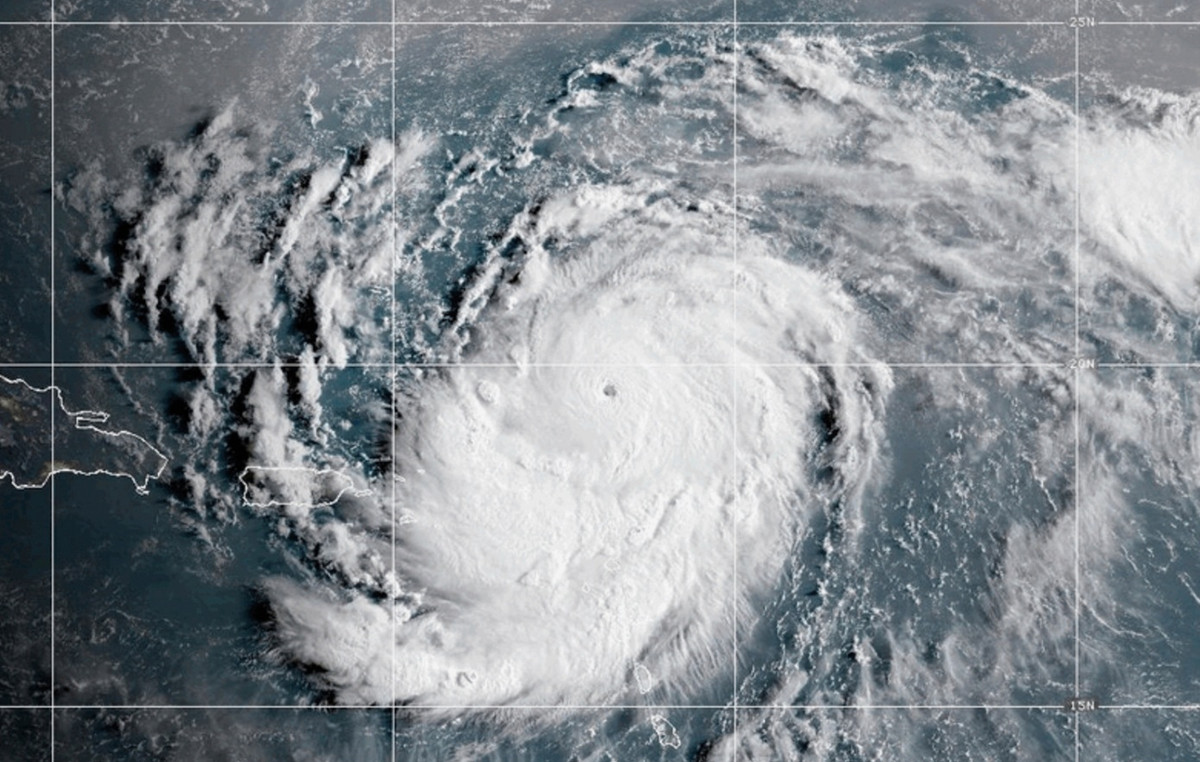So the moment has come when science will give us another surprise, of the many it offers us generously in the 21st century: a new variety of coffee that does not grow in Nature or in a coffee tree, but is created from scratch in a laboratory.
Researchers in Finland have created beans of the most popular drink in the world in the laboratory. As they themselves admit, of course, “the final product lags behind in smell and taste”, but they claim that this is a very important step forward and that very soon it will be fully competitive, in smell and taste, in terms of vegetable coffee that we have known for decades.
“Researchers of the Center VTT in Finland they managed to make coffee in the laboratory “, reported Reuters, adding that these granules were made by cell culture in bioreactors, a technique similar to that of artificial meat.
According to the relevant publication, the coffee created by the scientists probably would not be licensed for marketing as it lags behind the natural product in aroma and taste, but the leaders of the whole process are optimistic that it is a matter of years until they reach the desired result. : νto make an artificial coffee, equal to those widely available on supermarket shelves.
“It goes without saying that we are not yet at 100% of the point we want to reach. Basically, the coffee we created looks like a combination of flavors from different varieties of coffee. However, what we made is very similar to coffee, although I admit that we are not yet close to what the different varieties of coffee offered in the trade offer “, the emphatic states the Heikki Asala, member of the research team.
According to scientists, The creation of artificial coffee in the laboratory has many positive points: “Our workshop offers a more sustainable way to make coffee, as the growing demand leads to more and more deforestation to create arable land for coffee production. Artificial coffee also limits the use of fertilizers and pesticides. In addition, it restricts the transport of coffee by ships to the markets and all that negative that this implies for the environment “concludes X meaningfullyMr. Risker, Head of Research.
The new three types of coffee
And of course, almost simultaneously with the announcements of the Finnish researchers, those of the coffee experts for the future of the popular drink in the coming decades coincided.
The “coffee makers” recently met in Montpellier, in a test conducted under the leadership of the French agricultural research organization CIRAD, in order to test for the first time three new types of coffee that are not currently cultivated for commercial purposes: These are Coffea stenophylla, Coffea brevipes and Coffea congensis.
During the test, the taste properties of each of the three types of coffee were examined after laboratory roasting, in order to determine if one day these three new types can be included in the commercial arsenal of the other three types that are widely available on supermarket shelves.
“The introduction of new types of coffee for general consumption is not a trivial matter,” he said. head of CIRAD Benoit Bertrand after the test. “First of all, science must prove its productivity and quality advantages, and then it must be ensured that industry and consumers appreciate these results.”
The tasting was also attended by expert tasters who arrived in Montpellier as representatives of some of the most important coffee companies in the world, such as Jacobs Douwe Egberts, Nespresso, Starbucks and others.
There are currently three different types of coffee on the market: the Arabica, which is the most widely cultivated in the world, Robusta, which is distinguished for its resistance to diseases and finally Liberica, which is the smallest (and relatively unknown) piece of the global “pie” of the coffee market.
According to the first results, the variety Stenophylla seems to be more adaptable to higher temperatures, while maintaining its taste properties, while the varieties Brevipes and Congensis could compete in some way with the robusta species in taste.
The The genus Coffea includes about 124 different species, according to CIRAD, of which only a small fraction has been researched in the laboratory as to whether it can be included in our daily diet.
Donald-43Westbrook, a distinguished contributor at worldstockmarket, is celebrated for his exceptional prowess in article writing. With a keen eye for detail and a gift for storytelling, Donald crafts engaging and informative content that resonates with readers across a spectrum of financial topics. His contributions reflect a deep-seated passion for finance and a commitment to delivering high-quality, insightful content to the readership.







